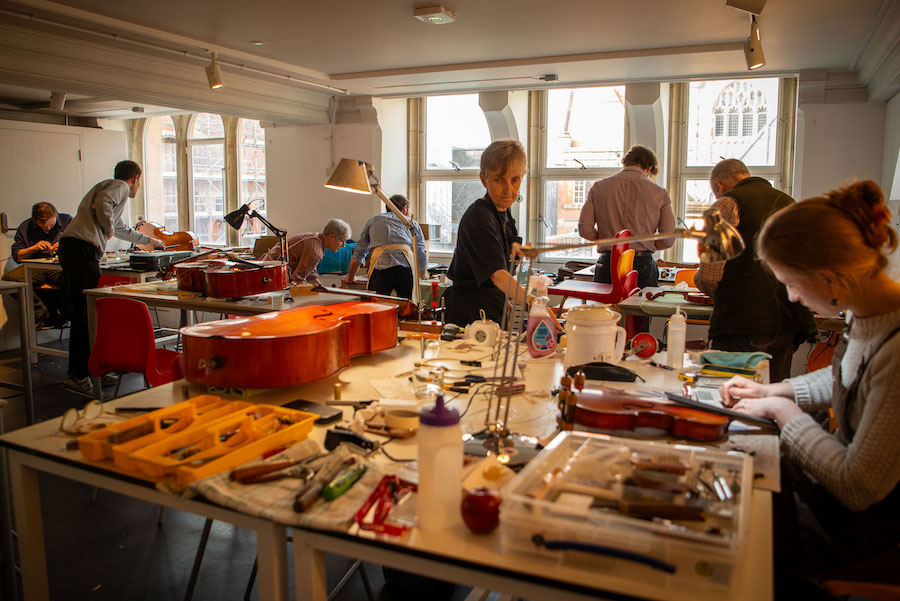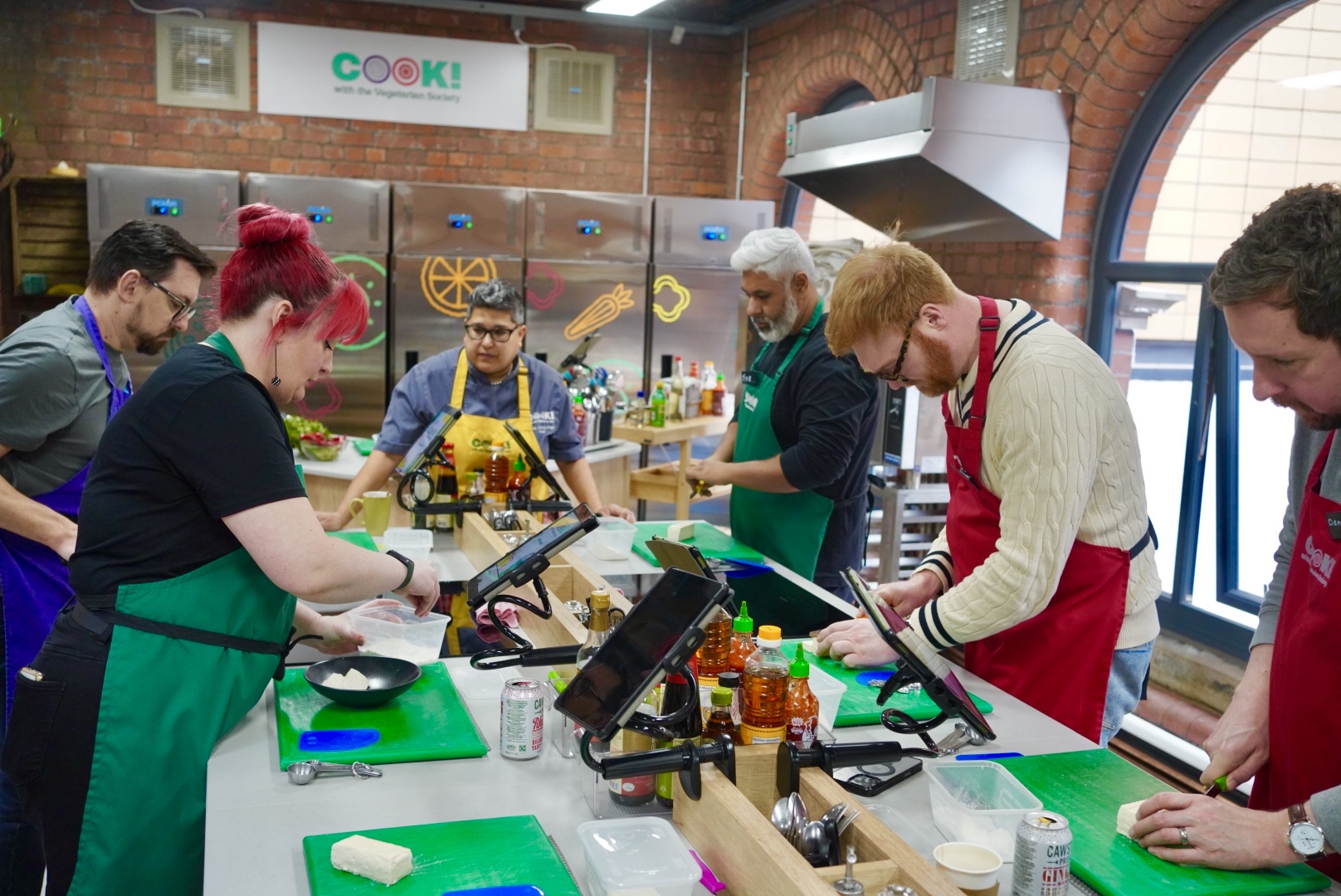Is Ancoats about to get bigger and better?
- Written by Ethan Davies
- Last updated 9 months ago
- City of Manchester, Community
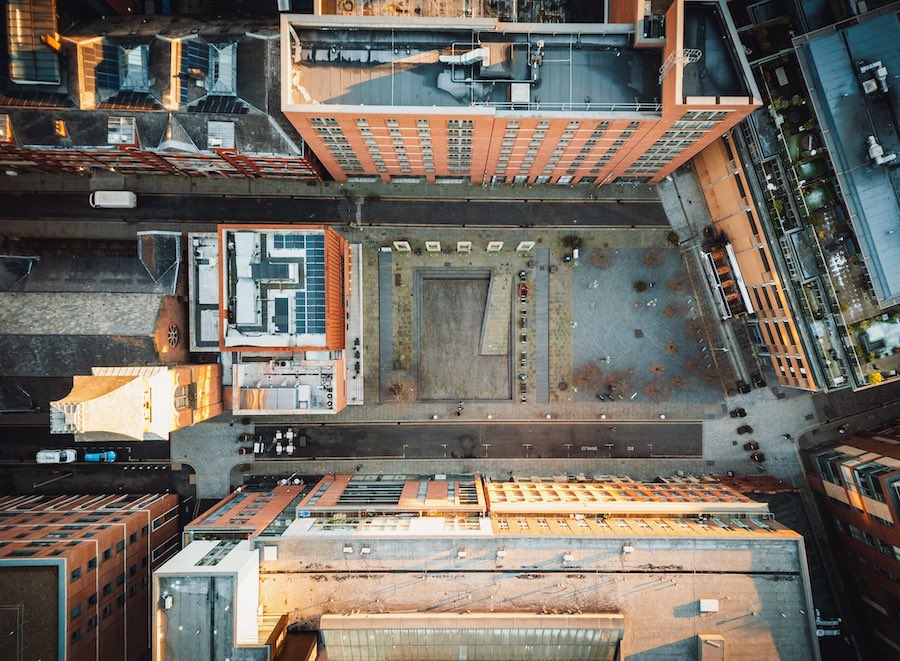
It’s been the first stumbling block Ancoats has seen since its rebirth in the mid-2010s.
Four business closures in the last 12 months – significant because the local, independent hospitality scene is at the heart of the area’s regeneration and because the names that were lost were at the centre of that scene.
The changing face of Ancoats
First came the sports bar Second City, which shut down in April 2023. A year later, another Cutting Room Square staple – Vietnamese restaurant and hifi bar Nam – shut up shop.
Then, in May of this year, Rigatoni’s pasta bar called it a day. The final of the four closures was Trove, which went into administration owing more than £1.5 million to creditors.
In an area that’s been dubbed ‘the world’s coolest neighbourhood’, the closures raised concerns – with operators pointing to high rents, the extra estate charge, and the area’s geographical separation from the city centre as reasons why it can be difficult to run a business in this part of town.
“[It’s] harder for a small business to flourish here”, one new business owner surmised.
“I think it’s easier to start up in the Northern Quarter than here, and actually stick there.”
However, since then, key owners and operators in Ancoats have come together to say there is reason to be optimistic about the area’s future – believing the recent losses are a symptom of the wider challenges facing the hospitality sector nationwide.
“It will become another part of the city”
Over time, there’s an expectation Ancoats will ‘become another part of the city’, according to Mital Morar, owner of Ancoats General Store.
That feeling that the neighbourhood will become more like another part of the city centre, rather than an outlying area, will be created by ‘a new square’ and ‘massive craft market’ coming to the next phase of Ancoats’ redevelopment, taking place around Jersey Street and Ancoats Green, adds Gareth Worthington, of city centre management company CityCo, who says ‘it’s just going to get bigger and bigger’.
Ancoats Green is at the north-eastern end of the neighbourhood, but just to its south-west is the under-construction 33-storey One Port Street tower, meaning hundreds more people will soon live a short walk away from Cutting Room Square.
To the south-east, the Civil Service will move into new offices on the former Central Retail Park nearby, with 7,000 staff set to work there. Affordable housing has just opened up in the former Ancoats Hospital and Islington Wharf on Old Mill Street, which runs parallel to the ex-retail park.
Next door, a new business campus is planned for New Islington Green, around the area’s tram stop. Further down the Metrolink track towards the city centre is the Piccadilly East development, which has seen some old mills already converted into flats, with others currently being converted into workspaces for smaller firms.
The area’s seeing another new opening soon, as American Pies take on the old Second City unit. There have been rumours that national chains were among the operators interested in taking on Nam’s restaurant as well.
It means with so much new coming around the corner, Ancoats’ best-established operators think all eyes should be on more new openings – not further closures.
When I Love MCR spoke to operators in the wake of Trove going under, there was some concern that trade had dropped off with the end of the Premier League season, as Cutting Room Square is a popular spot with City fans walking from town to The Etihad.
But, as I Love MCR met with big players in Ancoats’ hospitality scene around an outdoor table at the Jane Eyre cocktail bar, tournament football was bringing a boost to the neighbourhood.
As far as Martin Glynn, of Hallé Venues Director, is concerned, the fact that Ancoats went so long without a wave of closures is a sign of its resilience – in spite of the pressures faced by the hospitality industry, and seasonal fluctuations in demand.
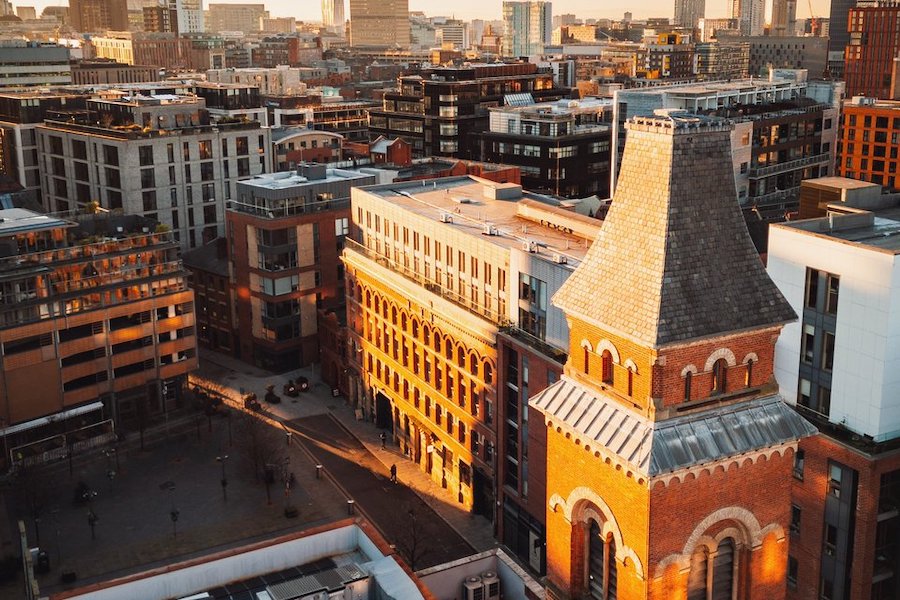
“Some businesses don’t get past 12 months”
“You have had a huge number of independent start-ups in this area, and actually for the first closures to come now — despite what we’ve been through — some businesses don’t get past 12 months,” Martin says. “Nobody has really had that [here].”
It’s a resilience that some might have doubted less than ten years ago, when the regeneration project was still in its infancy.
Those days are well remembered by Jordan Coop of 7 Brothers Brewery, who recalls: “When we opened [in 2016], a car went through Second City’s door and I thought ‘what are we coming into here?!’”
Back then, the area really was much quieter. These days, the area is becoming more of a destination.
CityCo’s Gareth Worthington jokes: “Everyone was complaining there was like 10,000 people stood in the square (a few) weeks ago [when Manchester City won the Premier League]…”
The litter left behind after big moments like that can be a nuisance for residents. But Gareth also points out that it gets cleared away more frequently in Ancoats, partially thanks to the extra funding for street cleaning via the Estate Charge. And bringing in more people from outside Ancoats to socialise here is not only key to the enduring success of local businesses – but inevitable, as development around Ancoats continues apace.
At nearby Piccadilly East – the regeneration site between Piccadilly train station and the west side of Great Ancoats Streets – The Castings apartment block is set to open this month. Meanwhile, on the other side of Great Ancoats Street, a little way east, you will find the Holt Town regeneration area – where a ‘new town’ will be built in the coming decades.
“And they will all need somewhere to live, somewhere to go out, and somewhere to eat,” Martin adds, adding to the confidence traders have that Ancoats is still on-the-up.
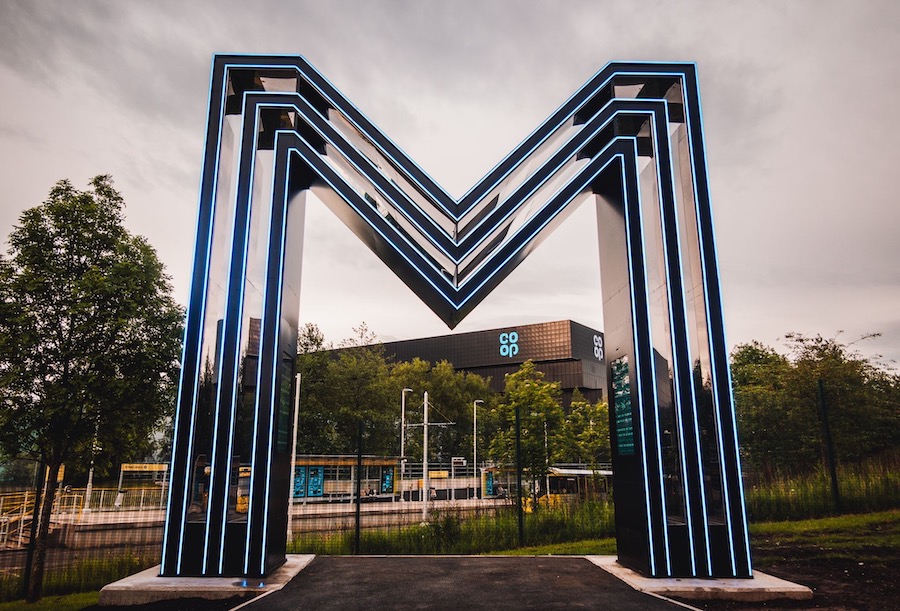
There are hopes that the recent opening of Co-op Live will also add to trade.
“No disrespect to them, I think the venue is fantastic but I think once everyone gets wind it’s £9-a-pint, we are going to see a lot more trade,” Jimmy Craig, of Jimmy’s Bar, says.
The ripple effect from Co-op Live, now properly up and running following its stuttering opening in May, is already being felt.
“We get bookings in the week of people going off to Co-op Live,” explains Michael Clay of Ancoats restaurant Elnecot. “We try to jump on the back of it and offer discounts for ticket-holders.”
Changing times
In many ways, Ancoats can be held up as the poster child of Manchester’s post-industrial rebirth.
Sandwiched between Eastlands and the Northern Quarter, all three areas looked very different 30-odd years ago. In 1990, only 500 people lived in the city centre, a good deal of whom were in NQ’s Smithfield Estate — and were surrounded by discount retailers, wholesalers, and Afflecks Palace.
Eastlands was feeling the heavy effects of the loss of heavy industry. The colliery closed in 1968, and two decades later, not much had changed.
By a similar token, Ancoats was a collection of warehouses in varying states of dereliction. Cutting Room Square, the hub of the area now, didn’t exist. The canals were drained because ‘it was easier to pull a car out of an empty one than a wet one’, those with memories of the time point out.
Now, it’s all changed.
The Northern Quarter is the capital of Mancunian nightlife as the city centre hurtles towards 100,000 inhabitants. Manchester City now play where the former Bradford Colliery was, in a stadium built for the Commonwealth Games in 2002 and surrounded by a sporting campus which has been fuelled by investment from the Middle East.
Ancoats is unrecognisable. It’s a hub of independent bars, some of the best pizza in the world, and retains an urban cool which is dismissed by some but envied by many more.
Ancoat’s rebirth
The area’s rebirth began in earnest in 2003, when the North West Development Agency (NWDA) used compulsory purchase powers to buy up 44 plots of land in the area. Taken together, that is now called the Ancoats Estate, and comprises new developments, listed buildings, and public realm.
Roughly five years later, ex-council houses in the former Cardroom Estate had been demolished, and a new health centre was in place on Old Mill Street.
By ‘assembling land’ in this way — to use property industry jargon — it meant the council could charge an extra ‘estate charge’ to leaseholders for extra services, like more thorough street cleaning and more regular bin collections. By creating infrastructure, it also made Ancoats a more attractive place to live, as residents would have everything they needed on their doorstep — plus the thriving city centre just over the road.
It also meant that millions of pounds of public money was pumped into the neighbourhood.
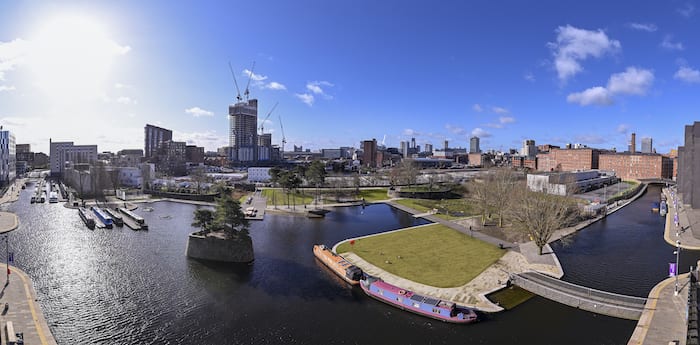
The bars and restaurants which moved in made a success of the area. The Halle reopened as the centrepiece to Cutting Room Square. Demand for apartments in the area was — and remains — high. A new school opened in 2012. The canals got some much-needed TLC and a park was built on New Islington Marina. Metrolink arrived in the area with the opening of the New Islington tram stop in 2013.
But at the core of all this was the hospitality scene. By creating Cutting Room Square, Manchester obtained a premium neighbourhood al fresco dining spot which allowed the area and business to flourish.
Pioneers in the area
Rudy’s pizzeria started in 2015 and is now a national chain of 27 restaurants. Seven Brothers brewery moved in two years after Rudy’s and now has eight sites across the north. The neighbourhood was named as one of the ‘world’s coolest’ by Time Out magazine, and Cutting Room Square was called one of the world’s hippest streets.
They were the pioneers, taking on new sites on previously unloved land, so they helped one another – as Jordan remembers ‘Rudy’s was a massive, massive help to us’ when Seven Brothers first moved in.
Now, there’s an expectation that Ancoats will continue to change – and that the independent businesses at its heart will continue to benefit.
- This article was last updated 9 months ago.
- It was first published on 19 July 2024 and is subject to be updated from time to time. Please refresh or return to see the latest version.
Did we miss something? Let us know: press@ilovemanchester.com
Want to be the first to receive all the latest news stories, what’s on and events from the heart of Manchester? Sign up here.
Manchester is a successful city, but many people suffer. I Love Manchester helps raise awareness and funds to help improve the lives and prospects of people across Greater Manchester – and we can’t do it without your help. So please support us with what you can so we can continue to spread the love. Thank you in advance!
An email you’ll love. Subscribe to our newsletter to get the latest news stories delivered direct to your inbox.
Got a story worth sharing?
What’s the story? We are all ears when it comes to positive news and inspiring stories. You can send story ideas to press@ilovemanchester.com
While we can’t guarantee to publish everything, we will always consider any enquiry or idea that promotes:
- Independent new openings
- Human interest
- Not-for-profit organisations
- Community Interest Companies (CiCs) and projects
- Charities and charitable initiatives
- Affordability and offers saving people over 20%
For anything else, don’t hesitate to get in touch with us about advertorials (from £350+VAT) and advertising opportunities: advertise@ilovemanchester.com
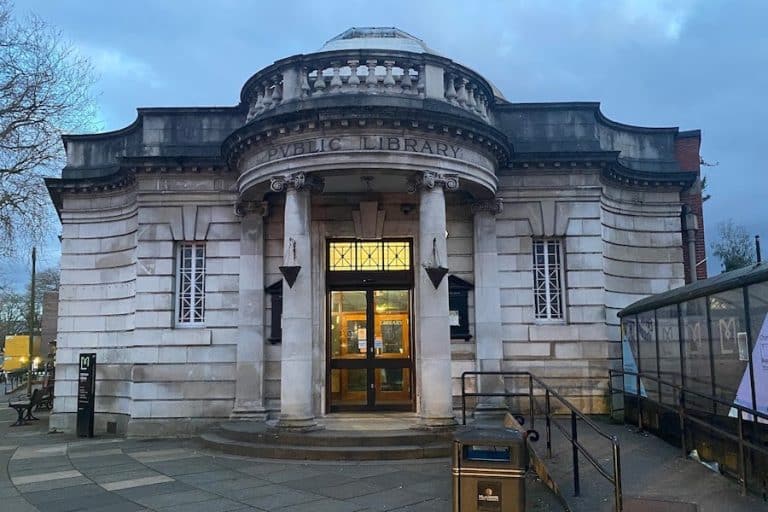
Chorlton Library gets a stunning renovation unveiling hidden treasures
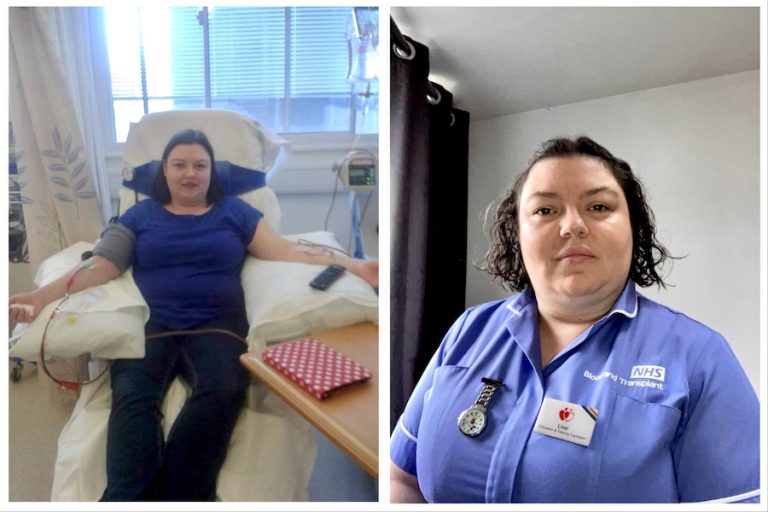
How one selfless act sparked a career dedicated to saving lives
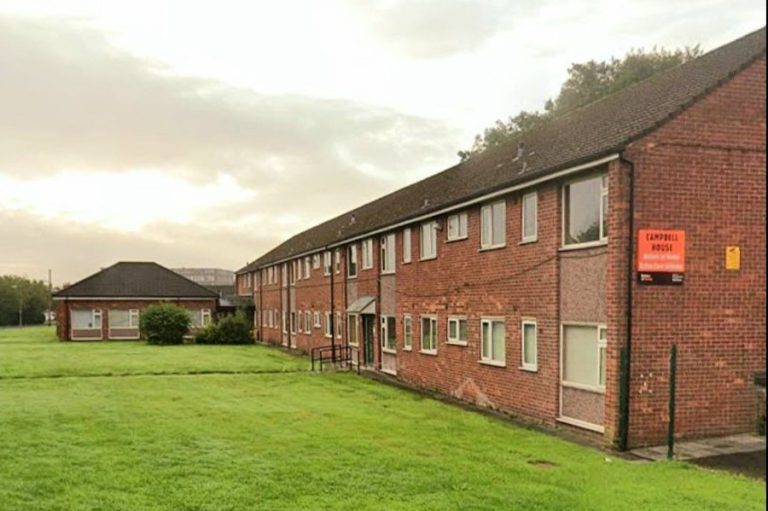
Former sheltered housing transformed into safe haven for vulnerable youth

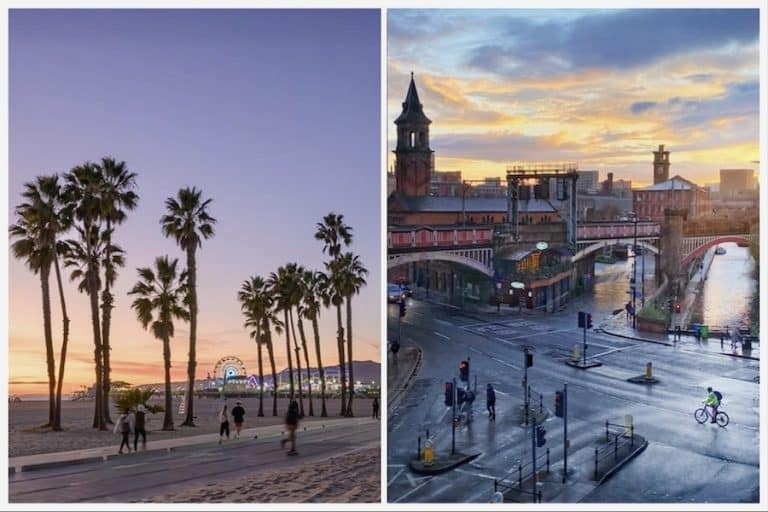
Manchester and Los Angeles prove that opposites really do attract







